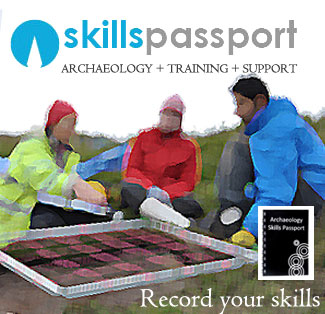Collection of Samples
Sampling may be carried out by members of the excavation team or by specialists as appropriate – you should know how to take the main types of site samples
Section Drawing
You will be required to draw a fully annotated, dimensionally correct section drawing that accurately represents the section of a trench
Dumpy Level and Staff
One of the simple but often overlooked aspects of survey and planning is the use of the Dumpy Level
Site Grid and Trench Layout
To be able to set out pegs as a fixed grid and lay out a trench within this coordinate system.
Site Photography
Many of us use Digital Cameras in place of 35mm and are expected to be able to use them on sites, relying on the automatic setting to get the photograph we need.
Stratigraphic Excavation
Stratigraphic excavation, isolating contexts and edges and then attempting to excavate or remove contexts in reverse stratigraphic order
Context Sheet Recording
Excavated contexts are recorded on context sheets which can vary in style depending on the organisation carrying out the excavation but in general they share similar characteristics.
Understanding Site Formation
Site formation is a basic building block of archaeology: it is by analysis of this sequence through excavation that permits interpretation
Handtools ( Large)
Knowing which tool to to use and how to use it is one of the basics of archaeological fieldwork excavation.

